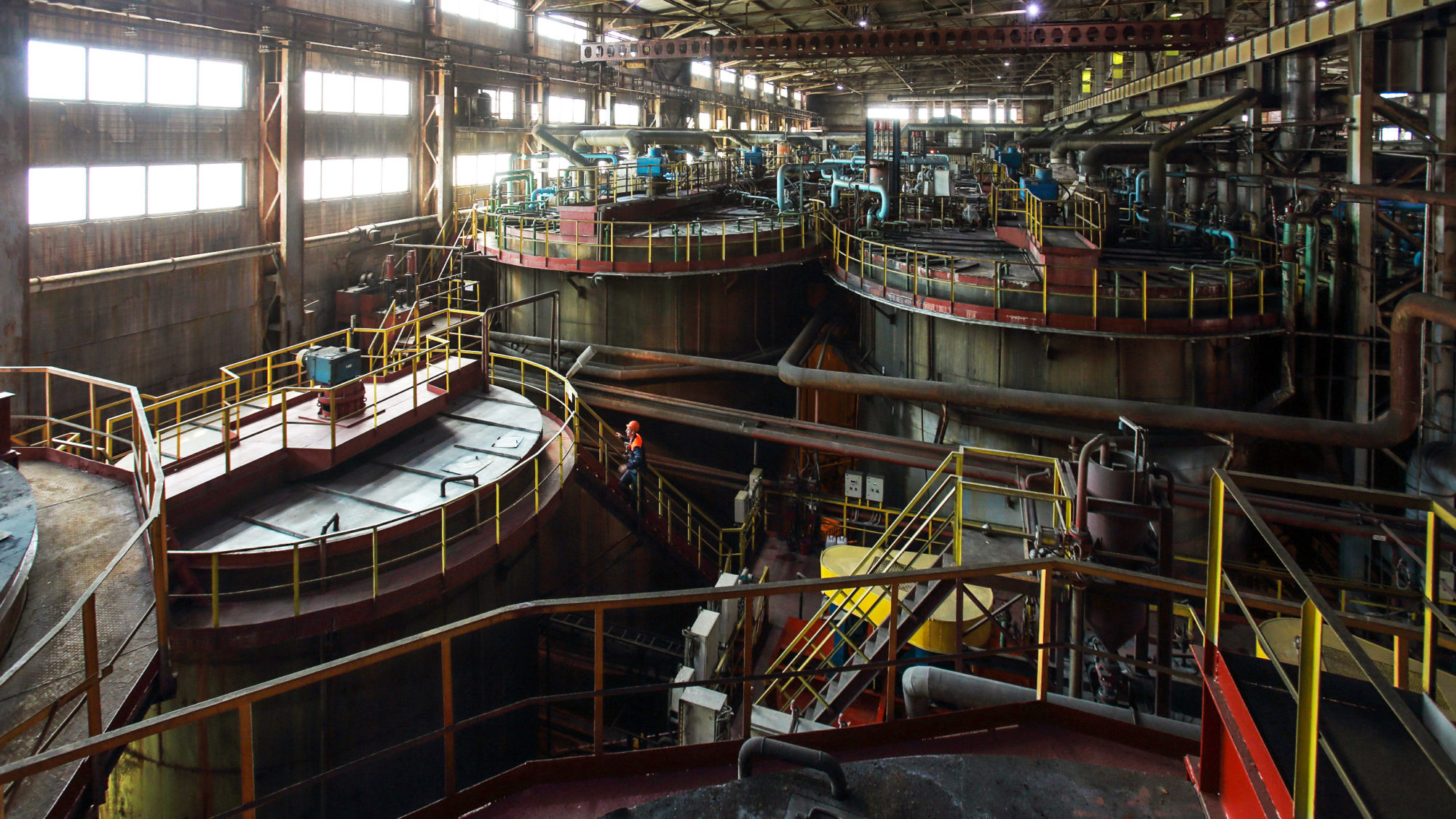Pavel Grachev, Chief Executive Officer of PJSC Polyus, commented in the company’s FY2017 results just released: “The strength of our assets and the focus on efficiency have enabled Polyus to deliver production numbers above our official guidance of 2,075-2,125 thousand ounces for the fourth year in a row, at 2,160 thousand ounces, or 3% higher…in early 2017, we won the tender for the development of Sukhoi Log, one of the largest undeveloped gold deposits in the world. We are now proceeding with a scoping study and believe that obtaining the Sukhoi Log license is a fundamental achievement that gives us a great position to grow in the coming years. We expect a 2018 production of 2,375-2,425 thousand ounces, and in the second half of the year we anticipate Natalka to be fully ramped up. We will also continue with debottlenecking initiatives at our existing operations that have already strongly contributed to our operational results during the last several years.”
Polyus also talked about technology investments at its operations. Capital expenditures increased during 2017 to $804 million, from $466 million in the previous year. This increase reflects higher maintenance capital expenditures, the ongoing construction works at Natalka, and brownfield development projects. Capital expenditures at Natalka, the Group’s main development project, increased 77%, to $378 million. Mining activity at Natalka was relaunched in January 2017 (the deposit was previously mined from 2013 through 2014). As of the end of December 2017, almost the entire processing flow sheet was fully operational, with technical works fully completed at the desorption circuits in January 2018. Currently, Natalka operates in a ramp-up mode. Completion of the full ramp up is anticipated in the second half of 2018.
Capital expenditures at Olimpiada increased to $177 million due to preparations to connect the mine to the new Razdolinskaya-Taiga grid, procurement of a new mining fleet, and the construction of bio-oxidation circuit (BIO-4) at the mills-1, 2, and 3 complex. The first four reactors of the BIO-4 project were installed in 2017 whereas the remaining four reactors are scheduled for the first half of 2018. The new mining fleet consists of a new fleet of 220 t class trucks and a 15 m3 class shovel to improve the productivity and cost performance in the waste material for the Stage 4 cutback.
At Blagodatnoye, capital expenditures increased to $49 million in 2017, primarily due to optimisation works at the Blagodatnoye mill following the completion of the processing capacity expansion project. At Verninskoye, capital expenditures increased to $39 million in 2017 mainly due to further implementation of the Verninskoye mill expansion project.
Capital expenditures at Kuranakh increased to $65 million due to further progress with the heap leach project and the launch of the second stage of the Kuranakh mill processing capacity expansion to 5 Mt/y. The heap-leaching operations launched in September 2017 should intensify in the first half of 2018 with the launch of leaching season. At Alluvials, capital expenditures increased to $26 million in 2017 compared to the prior year and consisted of exploration activity as well as the ongoing replacement of worn-out equipment.











